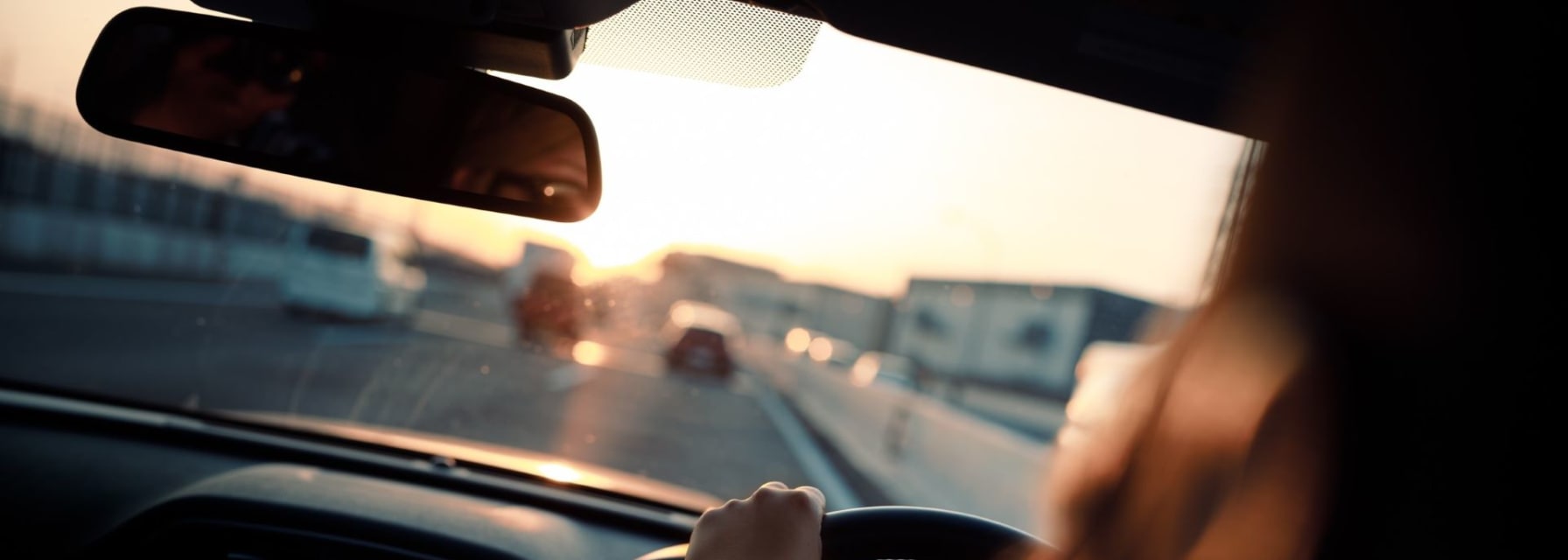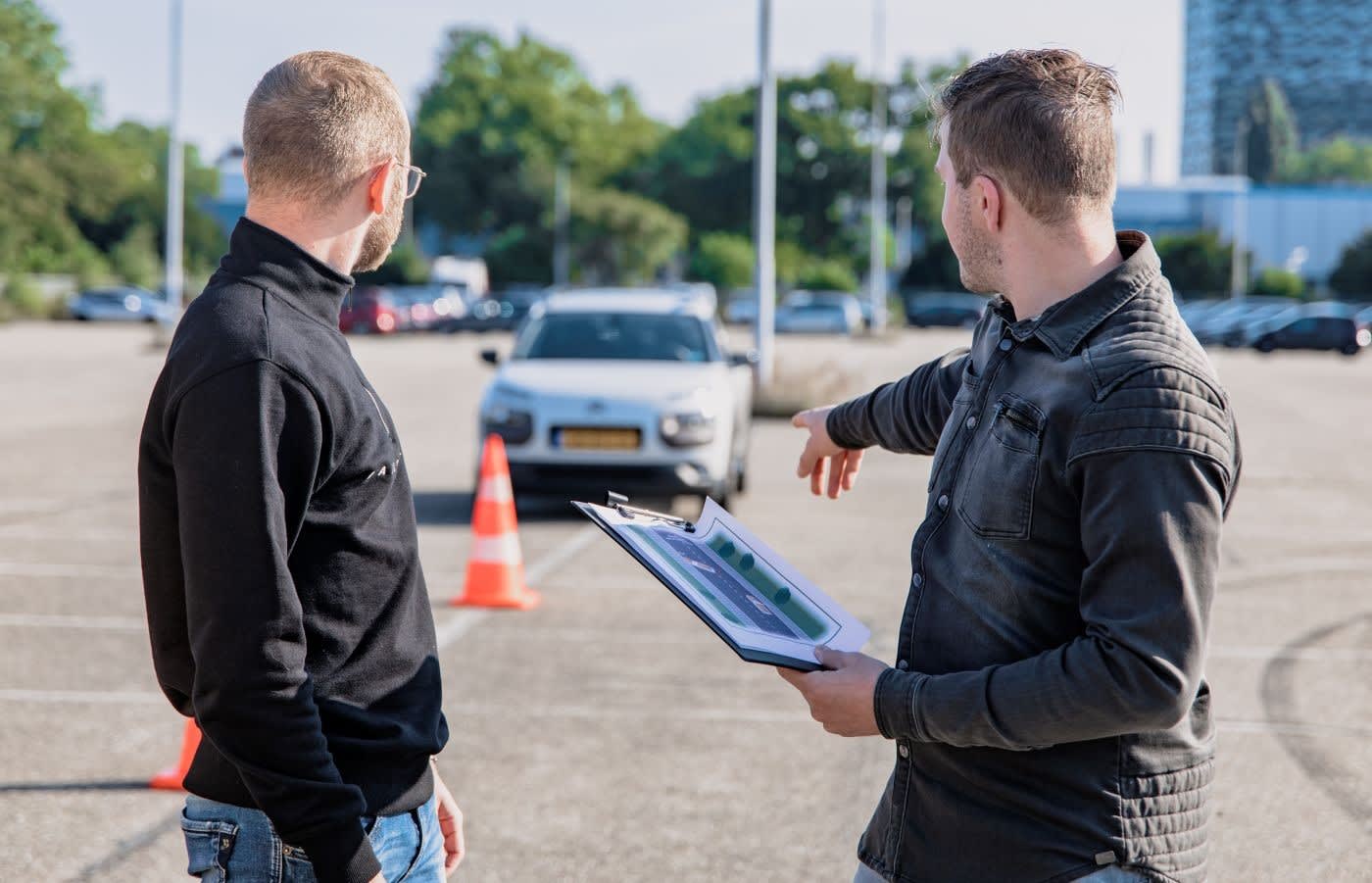How to switch your driver’s license between states
Switching your driver’s license from state to state is a necessary step when moving. Follow these steps to make your relocation as hassle-fre…

When you move to a new state, do you really need to transfer your driver’s license? Unfortunately, the answer is yes since each state has its own laws when it comes to issuing and renewing licenses.
Read on to find out how switching your driver’s license from the state to state really works.
If you want to drive hassle-free, follow the steps below.
How long do you have to switch your driver’s license?
When dealing with the stress of moving to a new state, probably the last thing on your mind is a new driver’s license. Well, this is one item on the to-do list that you definitely don’t want to blow off.
Depending on the state, you’ll either have 30, 60, or 90 days to update your driver’s license to reflect your new address.
Check with the local Department of Motor Vehicles (DMV) to find out how long you can wait.

If you don’t manage to get to the DMV in time, keep in mind that there might be some penalties associated with carrying an out-of-date driver’s license.
If you get pulled over by the police for any reason, you may get cited and fined. It could also get you in trouble with your auto insurance company, in the case that you need to make a claim.
Steps for switching a driver’s license from state to state
The process for obtaining a driver’s license in a new state will depend on two variables. That is, which state you’re moving from and which state you’re moving to.
The DMV’s moving guide allows you to input this information and get a detailed checklist for your specific situation.
However, there are a few basic steps that almost everyone needs to follow.
1. Collect the necessary paperwork
Before you visit the DMV, you’ll need to make sure you have some specific documents in order. They typically include some combination of the following:
- Your existing driver’s license
- A second form of identification
- Your social security card
- Proof of your new address
- Payment for your new driver’s license
2. Go to the DMV
Next, it’s time to head to your local DMV. Wait times are often long, so check to see if your state allows you to register online in advance.
Try to schedule your trip for a Tuesday, Wednesday, or Thursday somewhere near the middle of the month, and avoid the lunch hour rush between noon and 2:00 PM.
 3. Take the required tests
3. Take the required tests
Depending on the location, you might be required to take one or more tests in order to update your driver’s license. These include a vision test, which requires you to disclose whether you wear glasses or contacts and complete a brief screening.
You may also need to take a written exam, which will test how well you know the local and national driving laws. Brush up on your knowledge ahead of time by completing the DMV study guides online.
4. Wait for your new license to arrive
Once you’ve completed your DMV visit and submitted the paperwork for switching your driver’s license to your new state, you’ll probably have to wait a couple of weeks to receive the new card in the mail.
In the meantime, you’ll be issued a temporary license that you’ll need to carry with you at all times. This will prove to law enforcement officials that you have a valid driver’s license and are in the process of updating it.
This is a good time to make sure you can receive mail at your new address so that you don’t miss the arrival of your new driver’s license.
Check with your landlord to make sure you’ve received the correct keys and that your name is displayed as required. If you’ve chosen to go through a professional rental company, such as Blueground, this will be a bit easier. They offer fully-furnished and equipped apartments for a move-in ready experience.
So, upon arrival, you don’t have to concern yourself with time-consuming things like setting up the utilities. Instead, you can spend that time letting friends and family know about your recent relocation.
Know when to renew your license
Each area has different laws regarding renewal periods for driver’s licenses, so keep this in mind when switching your driver’s license from state to state.

You’ll need to get a new license each time you change your address within the state and of course, well before the card’s expiration date.
However, you may not need to visit the DMV in person to take care of these changes. Many states now offer online renewals for drivers whose licenses are in good standing.
Driver’s licenses for foreigners
Foreigners driving in the United States will still need to follow all these steps when moving between states.
If you’re applying for your first American driver’s license as a non-citizen, check out our guide on driving in the U.S. as a foreign national. It’s especially important that you keep your current address on file not only with the DMV but with USCIS (United States Citizenship and Immigration Services) as well.








